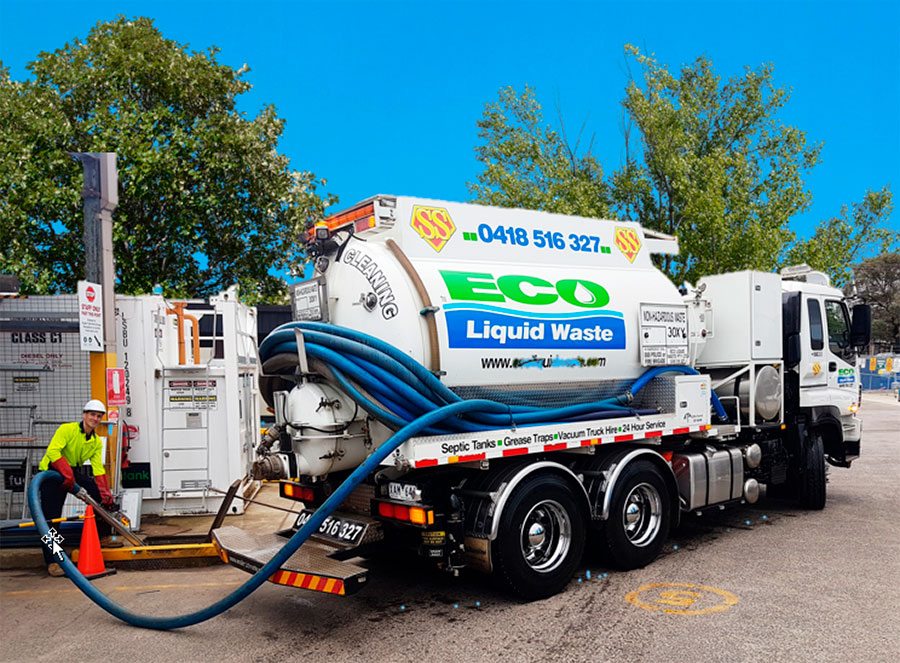The Ultimate Guide To Reclaim Waste
The Ultimate Guide To Reclaim Waste
Blog Article
Our Reclaim Waste Statements
Table of ContentsFascination About Reclaim WasteWhat Does Reclaim Waste Mean?The 2-Minute Rule for Reclaim WasteNot known Factual Statements About Reclaim Waste Fascination About Reclaim Waste
Domestic sewer waste refers to the waste and products from a property septic tank. The correct management and disposal of residential sewer waste call for fluid waste to be moved to a sewage treatment plant where the appropriate techniques and devices are applied to detoxify and dispose of waste.
Business waste frequently includes possible hazards, such as combustible products or a blend of fluid and strong waste products, and needs a more sophisticated and comprehensive disposal procedure. The disposal of commercial waste generally involves the filtering of waste before transportation to make sure safe and proper disposal. Hazardous waste is developed from results and overflow of commercial procedures and production.
This kind of waste can not utilize the exact same sewer management transport or procedures as septic or business fluids. The commercial waste monitoring process needs the assessment and screening of fluid waste before it undergoes the disposal procedure (industrial wastewater treatment). Runoff waste is the fluid waste that comes from runoff and excess stormwater in highly booming locations or cities
Drainage waste can create contamination and flooding otherwise handled appropriately. Find out more concerning sewage system cleansing and waste administration. Making certain correct waste administration can stop calamities and minimize environmental harm. Both individuals in property settings and professionals in commercial or manufacturing industries can profit from comprehending the procedures and guidelines of liquid waste monitoring.
Reclaim Waste for Dummies
Contact PROS Solutions today to learn more about our waste management and disposal services and the correct means to take care of the fluid waste you generate.
(https://www.kickstarter.com/profile/reclaimwaste1/about)This so-called 'wastewater' is not only an important resource but, after therapy, will certainly be launched to our land, rivers or the sea. Made use of water from toilets, showers, bathrooms, cooking area sinks, washings and commercial processes is recognized as wastewater.

water utilized to cool down machinery or tidy plant and equipment). Stormwater, a type of wastewater, is overflow that flows from agricultural and urban locations such as roofings, parks, gardens, roadways, paths and gutters into stormwater drains pipes, after rain. Stormwater moves unattended straight to local creeks or Check This Out rivers, eventually getting to the sea.
See This Report on Reclaim Waste
In Queensland, many wastewater is treated at sewer treatment plants. Wastewater is transported from domestic or commercial websites through a system of sewers and pump stations, recognized as sewerage reticulation, to a sewage therapy plant.
The Division of Natural Resources suggests neighborhood governments regarding managing, operating and maintaining sewage systems and treatment plants. In unsewered areas, regional governments may call for owners to set up private or home sewage treatment systems to treat domestic wastewater from toilets, kitchen areas, shower rooms and washings. The Division of Natural Resources authorizes making use of family systems when they are confirmed to be effective.
A lot of stormwater obtains no treatment. In some brand-new neighborhoods, therapy of some stormwater to get rid of litter, sand and crushed rock has actually begun making use of gross contaminant traps. Wastewater treatment occurs in four stages: Eliminates strong matter. Larger solids, such as plastics and various other things incorrectly released to sewers, are removed when wastewater is gone through displays.
Makes use of tiny living microorganisms understands as micro-organisms to damage down and get rid of continuing to be liquified wastes and great fragments. Micro-organisms and wastes are incorporated in the sludge.
The 10-Second Trick For Reclaim Waste
Nutrient removal is not offered in all sewer therapy plants due to the fact that it requires expensive specialised equipment. It is coming to be much more usual in Queensland. Clear liquid effluent generated after treatment may still have disease-causing micro-organisms. If this effluent is released into rivers such as rivers or the sea, the micro-organisms will ultimately pass away out.

Most wastewater moves right into the sewerage system. Under the Act, local federal governments administer authorizations and permits for environmentally relevant tasks (Ages) involving wastewater launches that might have a local influence.
The 20-Second Trick For Reclaim Waste
Otherwise, samples are considered research laboratory evaluation. Often numerous examinations are needed to establish the degrees of each of the different contaminants such as oils, heavy metals and chemicals in water. Monitoring supplies factual information regarding water high quality and can validate that permit problems are being fulfilled. The info gotten with monitoring provides the basis for making water top quality decisions.
Report this page